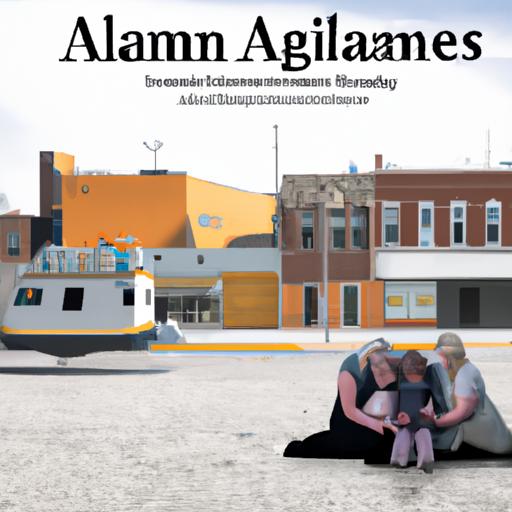Algoma’s Growing Opioid Crisis: Challenges, Effects and Efforts in Place
Presently, the opioid crisis has been a significant concern to Canadians, affecting various communities in different ways. A recent report by SaultStar explores the escalating situation in Algoma, shedding light on the ongoing challenges the community faces. This post will discuss several facets related to this complex problem, including its effects, ongoing efforts towards combating it, and strategies needed to help mitigate its impact.
The Impact of the Opioid Crisis in Algoma
The opioid crisis has intensified in recent times in Algoma, with the opioid overdose mortality rate now surpassing the provincial average. This emergence renders it paramount to make committed efforts towards understanding the crisis intensively to provide effective strategies for crisis mitigation.
The effects of the opioid crisis in Algoma district are vast and complex, affecting every fabric of the community. The key effects include:
Increased Crime Rates
The rising opioid abuse has significantly contributed to increased crime rates, including petty crime and drug-related vandalism, causing public safety concerns for Algoma residents. This prevalent issue calls for more innovative and restorative justice measures.
Urban Homelessness
Further, there’s a growing linkage between the opioid crisis and increased homelessness in urban areas within Algoma. This coupling of issues creates a socio-economic impact that continues to frustrate community integration and development efforts.
Healthcare Strains
Increased hospitalization due to opioid overdose cases puts a significant strain on Algoma’s healthcare system, as they struggle to keep up with the pace of demand. The need for rehabilitative services is currently outmatching the available care resources, causing a strain on families and front-line healthcare workers.
Efforts Taken to Combat the Opioid Crisis
Despite the growing opioid prevalence, the Algoma community, local authorities, and health agencies have come together to implement various countermeasures. The key strategies include:
Distribution of Naloxone Kits
As part of the harm reduction strategy, Naloxone kits are being freely distributed to the public. Naloxone is a life-saving medication that can temporarily reverse an opioid overdose, buying crucial time for medical intervention.
Opioid Substitution Therapy
To help opioid users recover, Algoma Public Health (APH) has also put opioid substitution therapy in place. This involves using safer opioid substitutes to wean users off harmful opioids gradually, reducing withdrawal symptoms and potential overdose risk.
Opioid Class Action
The Algoma community is also among many Canadian municipalities participating in the opioid class action against opioid manufacturers and distributors. The lawsuit aims to recover municipal costs of addressing the opioid crisis, which could potentially help further fund needed harm reduction programs.
Key Takeaways
- The opioid crisis in Algoma is intensifying, with the community bedevilled with issues like increased crime, homelessness, and healthcare strains.
- Efforts are underway to combat this crisis; these include the distribution of Naloxone kits, opioid substitution therapies, and involvement in an opioid class action.
- Addressing the opioid crisis requires a collective response that facilitates not just harm reduction, but also education, prevention, and treatment.
Conclusion
Addressing the opioid crisis in Algoma and across Canada requires comprehensive, integrated strategies that balance proactive prevention, harm reduction, and enabling support systems. It calls for proper resources, policies, and community collaboration to mitigate health, social, and economic impacts. As we observe the situation unfold in Algoma through reports like these, it serves as an important reminder of the continuing importance of these discussions for communities across the globe grappling with similar issues.
